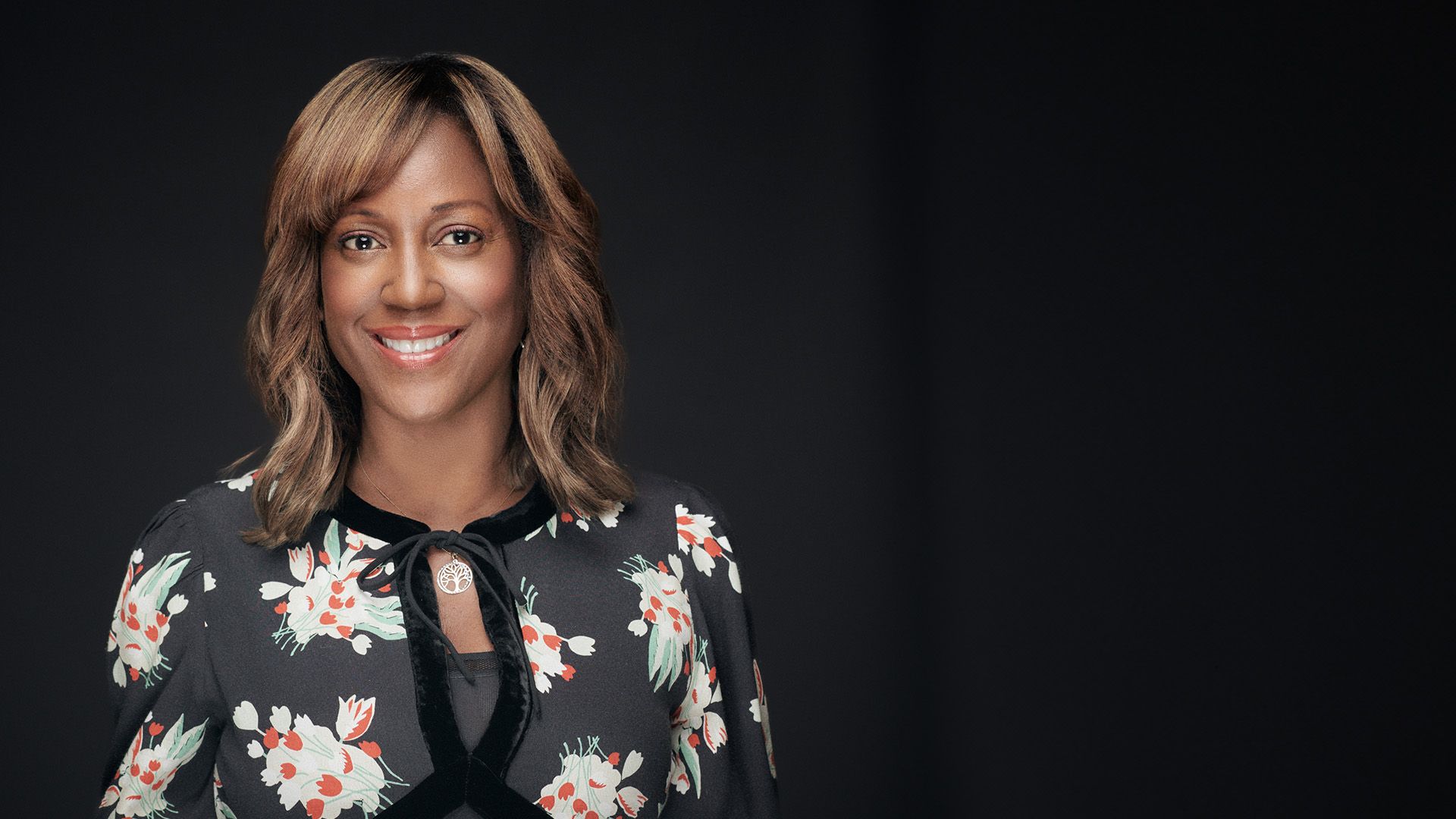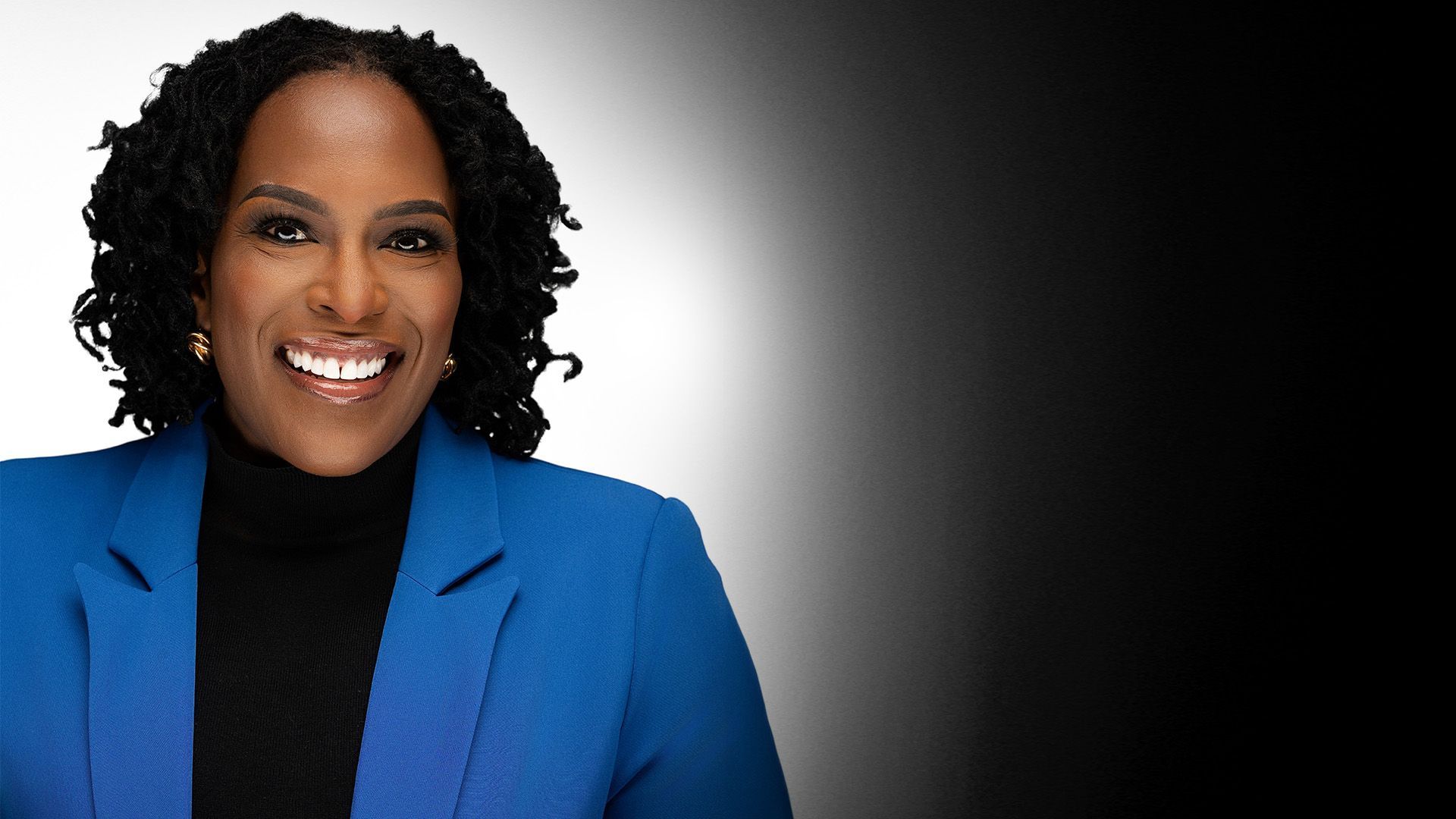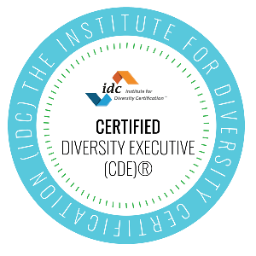What’s So Unfair About Equality? Making a Case for Equity
America was just given a perfect example of the crucial difference between equity and equality.
Earlier this month, Democratic Senator Tammy Duckworth of Illinois was the first person to give birth while serving as a senator . But now as a new mother, she faces a rule that may affect her ability to do either job – state senator and parent – properly: Children are banned from the voting floor. That means if the senator has to vote at a time that she also has to care for her baby, she’ll likely have to be absent from work, and her voice will be silenced when her constituency needs it.
So, Duckworth is advocating that parents of any gender be allowed to bring children onto the Senate floor during the first year of the child’s life. Although she’s not the first woman to publicly address the challenges created by the lack of accommodations for senators with infants, what she’s really advocating for is equity – something very different from equality.
Here’s a simple way to start thinking about the difference:
Equality is when everyone has access to the same thing.
Equity is when everyone has access to what they need to be successful.
And that’s the thing that makes equity so tricky. What people need to succeed can vary from person to person and from one organization to another. Because equity can change depending on context, employers often back away from trying to resolve problems by addressing inequity. Instead, they try to be “fair.” However, that approach rarely solves the problem at hand.
“Fair” doesn’t always work for everybody.
If we look at Duckworth’s situation, the current rules are completely “fair.” Nobody can have children with them on the Senate floor. Everybody has the same restriction.
But because infants need to be close to their parents for a variety of reasons, the fair rules mean that a large segment of current and potential senators may have their opportunities to participate limited if they have small children. They won’t be allowed to perform their job if they need to do it with a baby in tow.
Choosing equality over equity can hurt your talent pool.
I find that a lot of key decision-makers err on the side of fairness and equality in the hiring process. However, they need to think more deeply about how they find talent, or they can miss a great hiring opportunity.
No matter what, we should always hire the best person for the job. We can’t tell the future, so we rely on basic criteria to inform our decisions. But sometimes the basic criteria need to change. For example, many companies are moving away from educational attainment as baseline criteria. Education level as a requisite can lock out potentially excellent candidates who did not have access to higher education or who gained the needed experience through other avenues.
Even companies that have gone the extra mile to create a diverse applicant pool need to be mindful of whether successful applicants can succeed within the company. If somebody hired is the only one of their group – the only woman, the only differently abled – they’ll face challenges that can keep them from advancing.
Equity is good for business.
There’s a solid and growing body of research on how diverse teams have been shown to make organizations more effective or more profitable . Such teams are built by taking a more equitable approach, not by treating everyone exactly the same. And, on a more common-sense level, the business case for equity goes back to some sayings we all know and fall back on:
“A rising tide lifts all boats.”
“You’re only as strong as your weakest link.”
If we’re allowing talented people to struggle or eventually leave in the name of equality, we’re diminishing our organizational capacity in the process.
There’s also a bigger mission here: How we operate as a society either offers the potential for everyone to achieve a great level of success – or it doesn’t. The truth is, some people are not going to care at all about equity versus equality, but leaders who are inclusion-minded need to be sure their efforts really offer access to what individuals need to be successful – not access to the same resources across the board.
Opportunities to improve are everywhere.
First, leaders must start with the mindset of being more sensitive to fact that their employees didn’t all take off from the same starting line. They need to recognize that in order to help each one be successful, the solution can’t be one size fits all.
Look at how – or if – various groups have access to resources such as funding, space, their leaders, or opportunities for advancement. A lack of equity in the organizational culture affects how resources are prioritized. Addressing the issues can help break cycles that perpetuate inequity and can boost peoples’ chances for success.
Finally, don’t forget future employees. It might be necessary to create a plan for equitable employment by reviewing hiring criteria and policies. (I offer some actionable tips in my most recent white paper .) You can also look at possible training initiatives, career development opportunities, and accommodations that might need to be made. Any of these would be a great start and should help build true equity and greater success in your organization.







